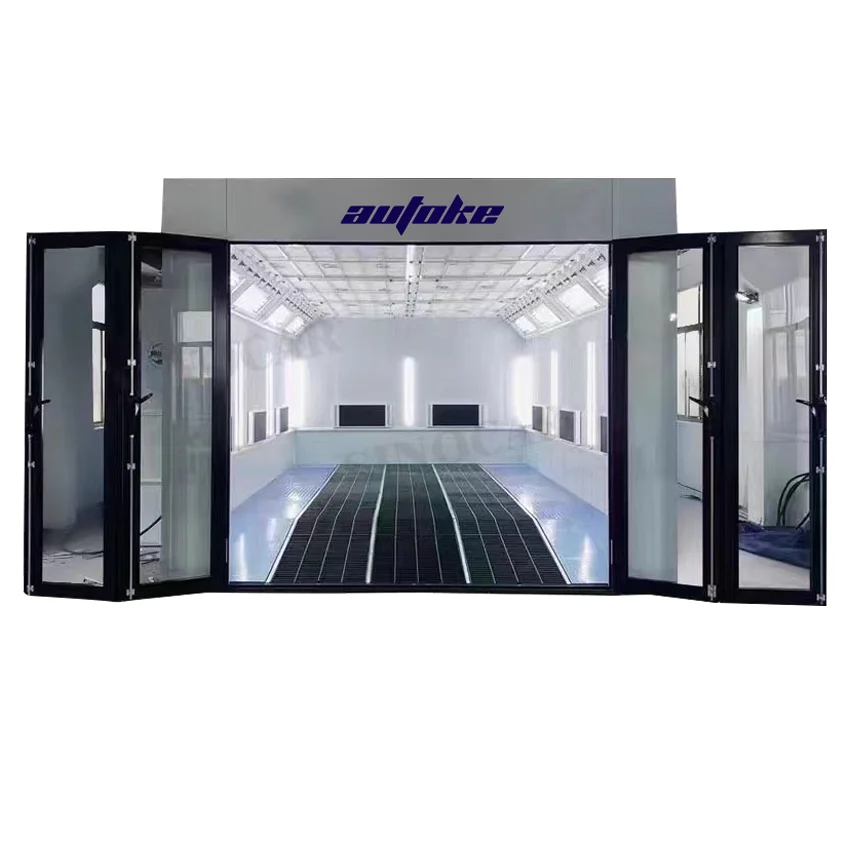In the realm of materials science, the quest for innovative solutions to manage heat effectively has led to the discovery and development of a variety of advanced materials. As industries evolve and the demand for efficient thermal management increases, understanding the coolest materials for heat becomes paramount. This article delves into some of the most exciting materials that are revolutionizing heat management across various sectors, from electronics to aerospace.
- The Importance of Thermal Management
Effective thermal management is critical in numerous applications, including electronics, automotive, aerospace, and renewable energy systems. Excessive heat can lead to reduced performance, shortened lifespan, and even catastrophic failures of components. Therefore, selecting the right materials for heat dissipation and insulation is essential for enhancing efficiency and reliability.
- Graphene: The Supermaterial
Graphene, a single layer of carbon atoms arranged in a two-dimensional lattice, has garnered significant attention for its exceptional thermal conductivity, which is approximately 5,000 W/m·K. This makes it one of the coolest materials for heat management. Its lightweight nature and flexibility further enhance its appeal for applications in electronics, where efficient heat dissipation is crucial.
Graphene's unique properties allow it to be integrated into various substrates, improving the thermal performance of devices such as smartphones and laptops. Researchers are exploring its potential in thermal interface materials (TIMs) and heat spreaders, which could significantly enhance the performance of next-generation electronic devices.
- Aerogels: The Lightest Insulators
Aerogels, often referred to as frozen smoke, are among the lightest solid materials known, with a density that can be as low as 0.001 g/cm³. These materials are highly porous and possess remarkable insulating properties, making them ideal for applications requiring thermal insulation.
Aerogels are being utilized in various fields, including building insulation, aerospace, and even clothing. Their ability to withstand extreme temperatures while maintaining low thermal conductivity makes them a top choice for thermal barriers in spacecraft and high-performance insulation in buildings. The versatility of aerogels continues to inspire innovations in thermal management solutions.
- Phase Change Materials (PCMs): Harnessing Thermal Energy
Phase Change Materials (PCMs) are substances that absorb or release latent heat as they change from solid to liquid and vice versa. This property makes them incredibly useful for thermal energy storage and management. PCMs can regulate temperature fluctuations in buildings, electronics, and even textiles.
In building applications, PCMs can be incorporated into walls or ceilings to absorb excess heat during the day and release it at night, thereby reducing energy consumption for heating and cooling. In electronics, PCMs can help maintain optimal operating temperatures, enhancing the performance and longevity of devices.
- Metal Matrix Composites (MMCs): Strength Meets Conductivity
Metal Matrix Composites (MMCs) combine metals with other materials, such as ceramics or polymers, to enhance thermal conductivity while maintaining structural integrity. These composites are particularly useful in applications where both strength and heat management are critical, such as in aerospace and automotive industries.
MMCs can be engineered to provide superior thermal performance compared to traditional metals, making them ideal for components like heat sinks and engine parts. The ability to tailor the properties of MMCs opens up new possibilities for designing lightweight, high-performance materials that can withstand extreme thermal conditions.
- Conclusion: The Future of Thermal Management Materials
As technology continues to advance, the demand for innovative materials capable of managing heat effectively will only grow. From graphene's unparalleled conductivity to the lightweight insulation of aerogels, the coolest materials for heat management are paving the way for more efficient and reliable systems across various industries.

